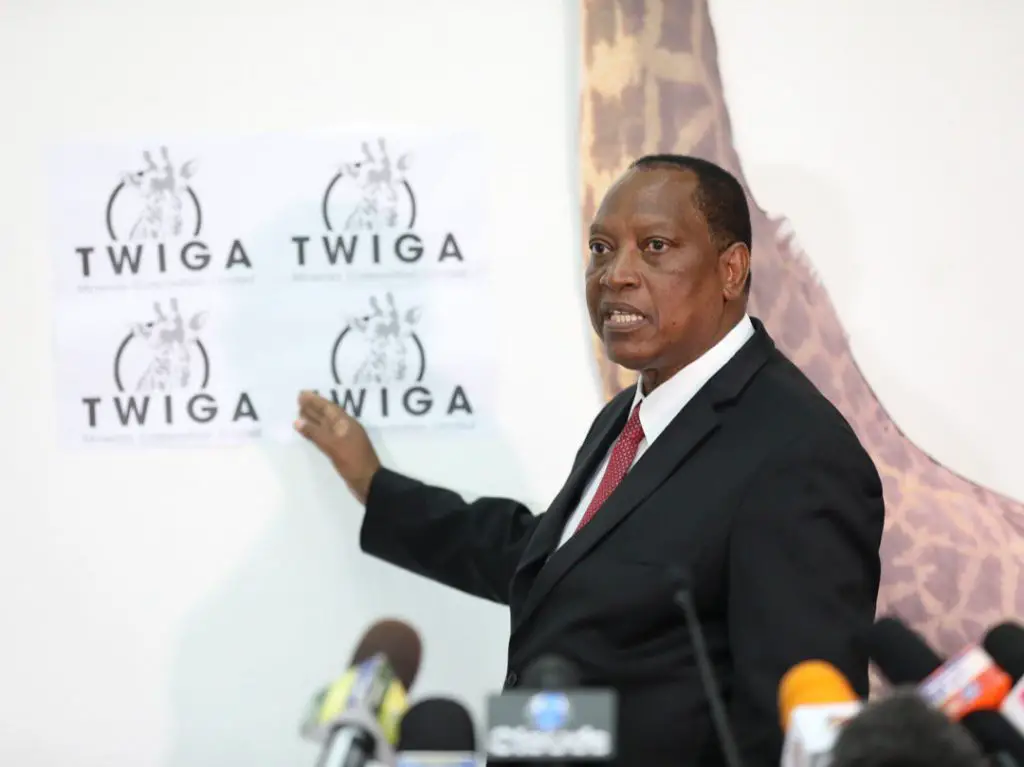The Government of Tanzania and Barrick Gold entered into a partnership last year, and created a new joint venture, Twiga Minerals Corporation.
Barrick Gold’s one-year-old partnership with the Tanzanian government marked new ground as the Canadian miner was awarded 10 new exploration licenses this year and subsequently plans to spend $8 million on exploration, Barrick’s president and chief executive Mark Bristow said during a recent press briefing.
According to Barrick, the North Mara mine—which was at the centre of scrutiny by the Tanzania government is now “re-energized and ahead of plan in the year to date and Bulyanhulu has resumed underground mining operations and is scheduled to restart processing of underground ore by the end of 2020 as a long-life underground mine”.
All of these affairs operate under the new joint venture named—Twiga Minerals Corporation, in charge to oversee three gold mines, Bulyanhulu, North Mara and Buzwagi.
Barrick has managed to settle a substantial portion of past tax disputes with Acacia (previous miner), including settling the first $100 million tranches of the settlement.
“Barrick’s assets in Tanzania have since paid more than $200 million to the government in taxes and royalties, and last week Twiga declared a maiden interim dividend of $250 million” the press release stated in part.
The Tanzanian government and Barrick were involved in a controversial friction when Tanzania discovered several mining irregularities, including environmental pollution at North Mara mine—previously operating under Acacia.
The current state between the two parties came to life when Barrick agreed to Tanzania’s handsome $300 tax claim, 50-50 mines benefit-sharing and Tanzania lifting its concentrate export ban.
This scenario is unfolding when Tanzania is keeping the pressure upon the mining industry and restructuring mining operations to yield benefits for the betterment of the country.
At the moment, the mining and quarrying sector is one of the prime drivers of the economy by 15.3 per cent, according to Tanzania’s central bank June 2020 quarterly economic bulletin.
Hence—in that context, Bristow commented that, “The fact that so much value has been delivered in such a short time is a tribute to the power of what I believe is the first partnership of its kind in Africa. With the framework agreement now fully implemented, we have settled most of the landowner disputes and are well on our way to ensure that we are fully compliant with our environmental permits as well as with the government’s local content legislation,”
On the other hand, Barrick anticipates expanding mining operations in other new locations within the new company “framework”.
Further, the miner highlighted that it was preparing for expanded production in North Mara and Bulyanhulu mines. Into a combined “tier one complex, capable of producing at least 500,000 ounces of gold annually for more than 10 years in the lower half of the industry’s cost profile”.
At the moment Barrick Gold is the most active and liquid investor in the mining industry in Tanzania.
